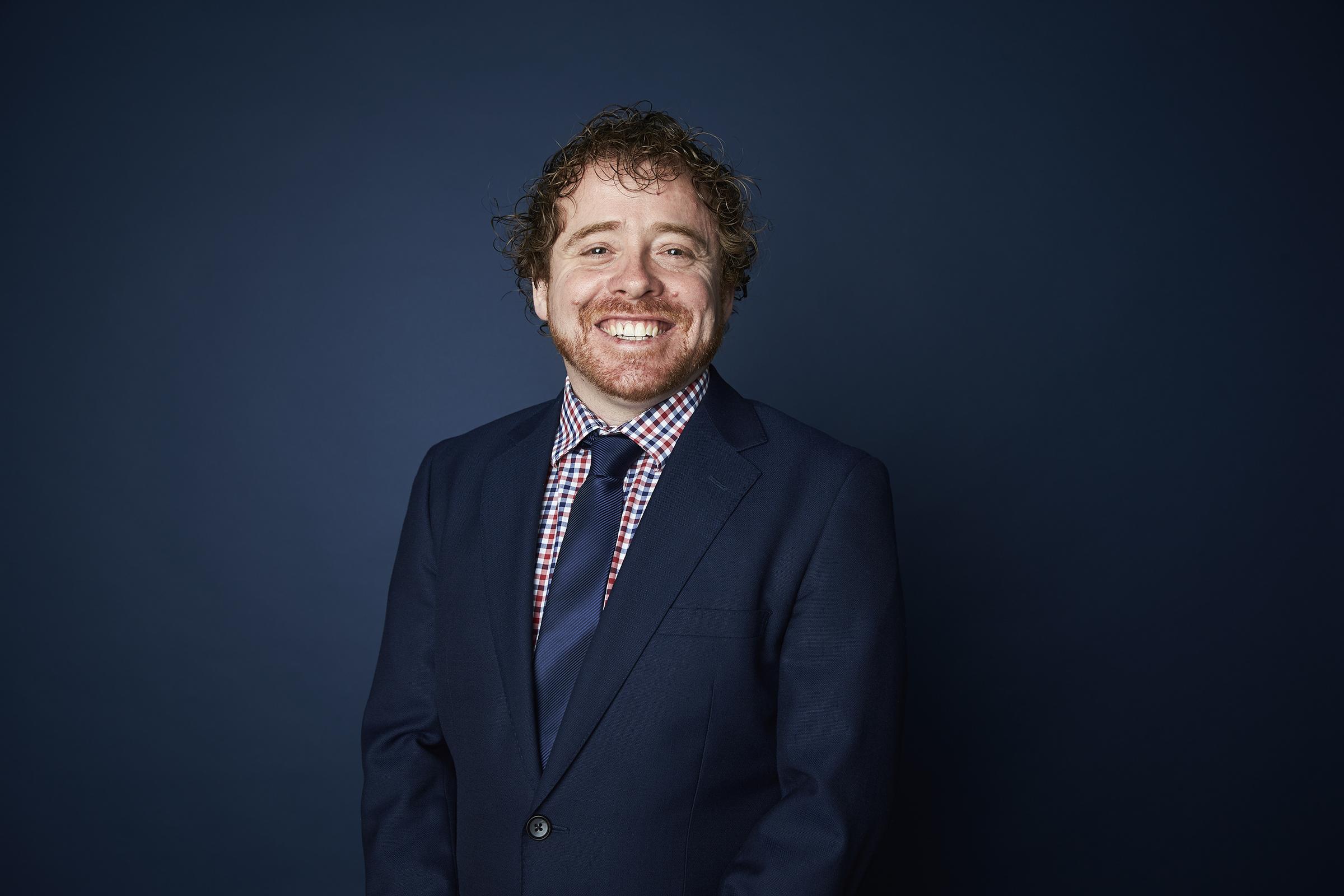Principal's Report

Over the past few weeks I have had the opportunity to attend some Professional Development sessions that have both re-affirmed the great work happening in the classroom at Marlborough and also inspired me about some of the opportunities we have for growth in the years ahead. The sessions were on ‘Creativity and Innovation’ and ‘Internationalising Victorian Schools’. These are both areas I am extremely passionate about as our world is in a state of constant change, we are more inter-connected globally than ever before and the challenges and problems facing our students as they enter the work-force in the 2020s and 2030s need creative and innovative solutions.
In regards to making our school more international, we will continue to build upon the language program (including after school lessons), working with Sister Schools on meaningful projects (our Yr 6 students are currently developing an ‘Environmental Sustainability Calendar’ with our sister school in Indonesia) and explore every opportunity to enhance these programs. Technology brings us closer together, and with schools in Asia sharing a similar time-zone to us, the ability for students to collaborate is immense.
The demand for bilingualism in the workforce has increased by 181% in the last 4 years, second only to digital literacy (New Work Order Report, 2015, Foundation for Young Australians), and whilst most of our students leaving Marlborough will not be bilingual, we can build their capacity and passion for language learning in their further education.
The approach we take in the classroom to foster creativity is probably a far more complex and in many ways more difficult challenge, and it is certainly a challenge that schools are facing in a world in which ongoing assessment is a crucial part of our everyday work. It is crucial at Marlborough, in the classroom and at home, we provide a space where students are safe and encouraged to take risks, make mistakes and can value failure. At school and at home we need to be constantly modelling our willingness to fail, question assumptions, foster curiosity and tinker with ideas to search for small improvements.
“Creativity is not just the way that the great geniuses of the past have used to enrich and give meaning to our culture, but it is an obligation we all have to enrich and give meaning to our own lives and the lives of our community.” (Reeves & Reeves , 2017 The Myth of the Muse)
In a practical sense how can we implement processes and ways of thinking in the classroom that foster creativity and risk taking? Some of them can include:
- writing being a process of constantly re-writing; stories should be drafted and drafted again, encouraging risk taking and understanding that creativity is often about small, minute improvements
- providing opportunities for students to explore their own deep questions at home and in class time
- provide evaluation-free lesson times, when students are free to create and not afraid to fail
- Directly teach quality creative processes such as how to collaborate effectively, how to ask challenging questions, how to set and test hypotheses, etc
- Re-think what we celebrate and reward with praise in the classroom, give students the chance to feel good about taking risks and learning from mistakes
Most teachers crave the opportunity to allow students to take risks in class and provide space for their creativity. As the Principal it is my job to encourage and foster this and allow the teachers to work with the students to maximise their ability to be creative, passionate and brave with their learning.
